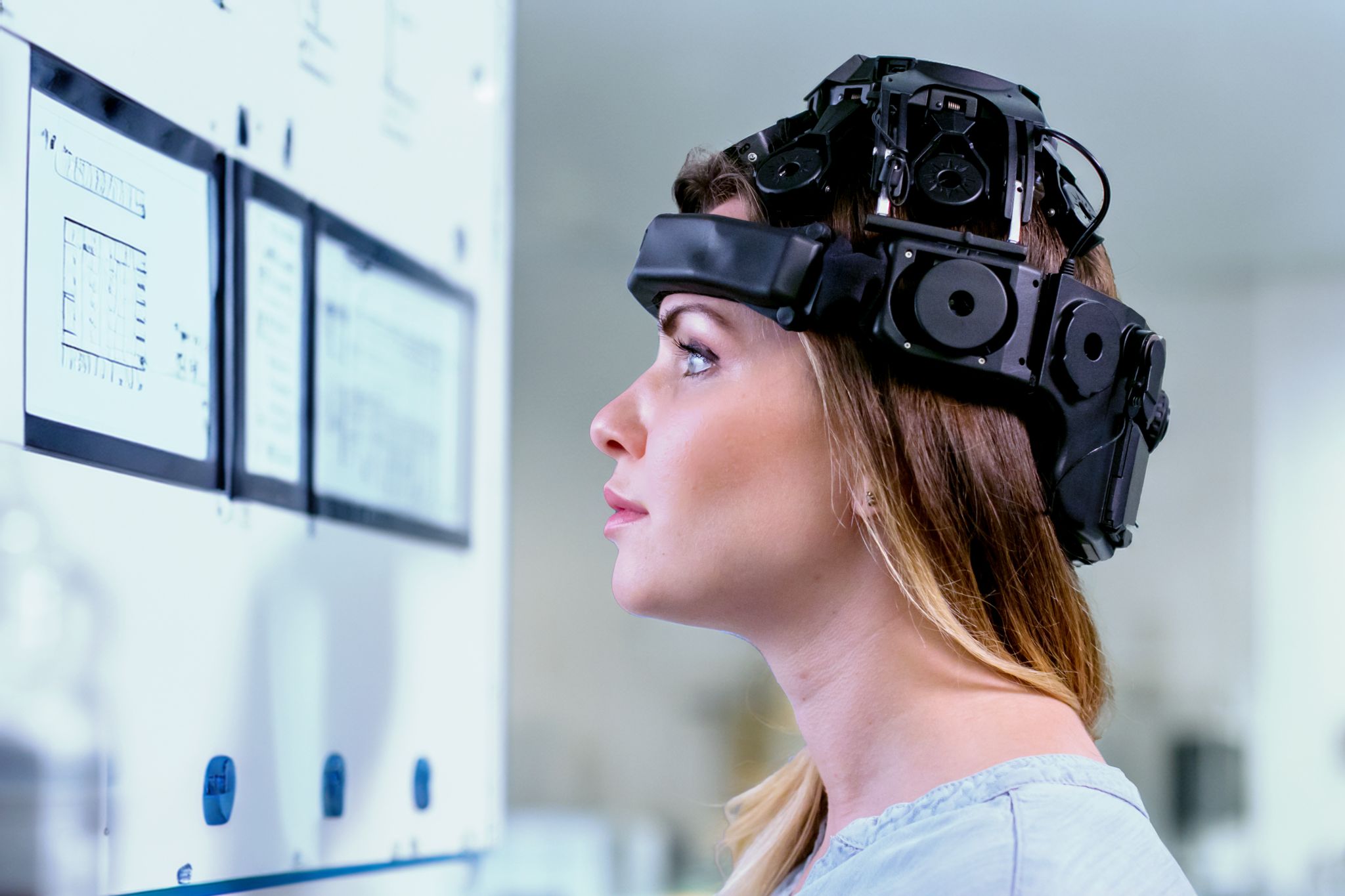
Neuromarketing, a cutting-edge discipline that merges neuroscience with marketing, has revolutionized the way companies understand and influence consumer behavior. By analyzing the brain’s responses to various marketing stimuli, businesses can design strategies that resonate more deeply with their target audiences. Among the most promising advancements in this field is the use of electroencephalography (EEG) technology, specifically the newer, more user-friendly dry EEG systems. These systems offer unprecedented insights into consumer behavior, enabling marketers to refine their approaches and achieve better outcomes.
Understanding EEG Technology in Neuromarketing
What is Dry EEG?
Electroencephalography (EEG) is a technique for measuring electrical activity in the brain. It’s widely used in neuromarketing to track consumers’ subconscious reactions to advertisements, product designs, and other marketing elements. Traditional EEG systems require the use of conductive gel, which can be uncomfortable and time-consuming, thus limiting their application in real-world marketing scenarios. Dry EEG technology, on the other hand, eliminates the need for gels, making the process faster, more convenient, and more accessible. This innovation has lowered the barriers to EEG use, allowing more marketers to incorporate it into their research.
The Power of Dry EEG in Neuromarketing
The introduction of dry EEG technology in neuromarketing opens up exciting possibilities for gaining deeper insights into consumer behavior. This non-invasive, user-friendly tool allows marketers to observe real-time brain activity as consumers interact with marketing stimuli, offering rich data that can be used to enhance marketing strategies. Here are some of the key applications:
Emotional Response Analysis
One of the primary benefits of using dry EEG in neuromarketing is the ability to measure consumers’ emotional responses to marketing content. Whether it’s an advertisement, a product package, or a brand logo, dry EEG can capture real-time data on how a consumer feels—whether they are excited, indifferent, or even stressed. This information is invaluable for marketers looking to create content that resonates emotionally with their audience, as emotional engagement is often a key driver of consumer behavior.

Cognitive Load Assessment
In addition to emotional responses, dry EEG can be used to assess cognitive load—how much mental effort a consumer is using while interacting with a product or marketing message. For example, if a new website design is too complex, leading to high cognitive load, consumers may become frustrated and leave the site. By measuring this with dry EEG, marketers can optimize their designs to ensure that interactions are intuitive and enjoyable, leading to better user experiences and higher conversion rates.
Attention and Engagement Measurement
Understanding where consumers’ attention is focused during an interaction is crucial for effective marketing. Dry EEG technology allows marketers to track attention levels and engagement with precision. For instance, when testing a new advertisement, EEG data can reveal which parts of the ad capture and hold viewers’ attention, and which parts may cause them to disengage. This insight can help refine content to ensure that key messages are communicated effectively and memorably.
Personalized Marketing Strategies

The data gathered from dry EEG can also be leveraged to create highly personalized marketing strategies. By understanding individual consumers’ emotional and cognitive responses, marketers can tailor content to match personal preferences and behaviors. For instance, if a consumer consistently shows a positive response to certain colors or themes, future marketing efforts can incorporate these elements to increase engagement and loyalty. This level of personalization is becoming increasingly important in a crowded marketplace where consumers expect brands to understand and cater to their individual needs.
Product Development and Testing
Dry EEG technology is not only useful in marketing communications but also in product development and testing. By observing how consumers’ brains react to new products or features, companies can identify which aspects are most appealing and which may need improvement. This can be particularly valuable in the early stages of product development, where making data-driven adjustments can save time and resources, ultimately leading to a more successful product launch.
Conclusion
Dry EEG technology represents a significant advancement in the field of neuromarketing, offering new ways to understand and influence consumer behavior. By providing real-time insights into emotional responses, cognitive load, and attention, dry EEG allows marketers to create more effective, personalized, and ethically sound strategies. As businesses seek to connect with consumers in more meaningful ways, the integration of dry EEG into neuromarketing practices will likely become a key factor in achieving deeper consumer insights and better marketing outcomes.
Written By Alec Maurer
